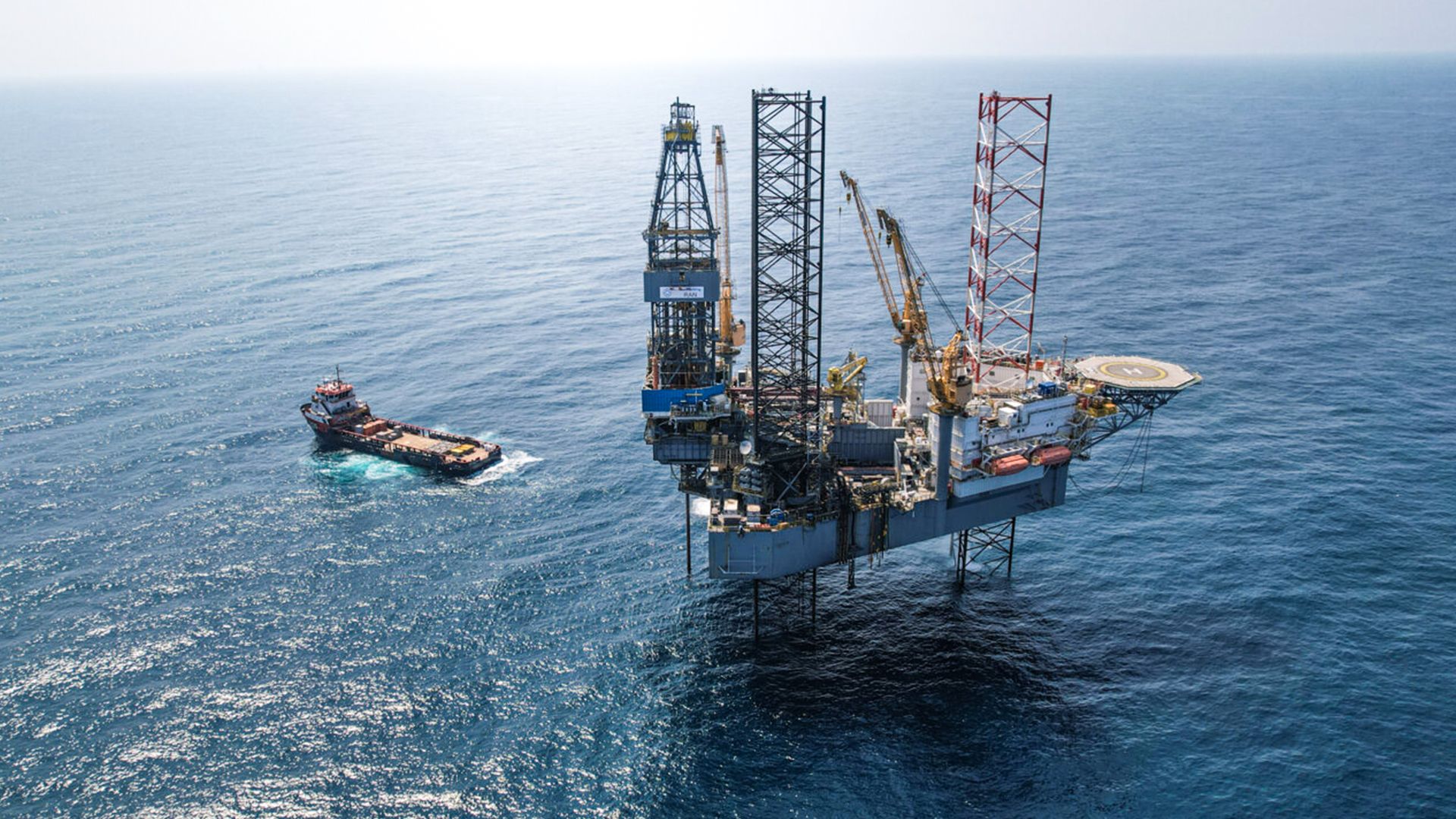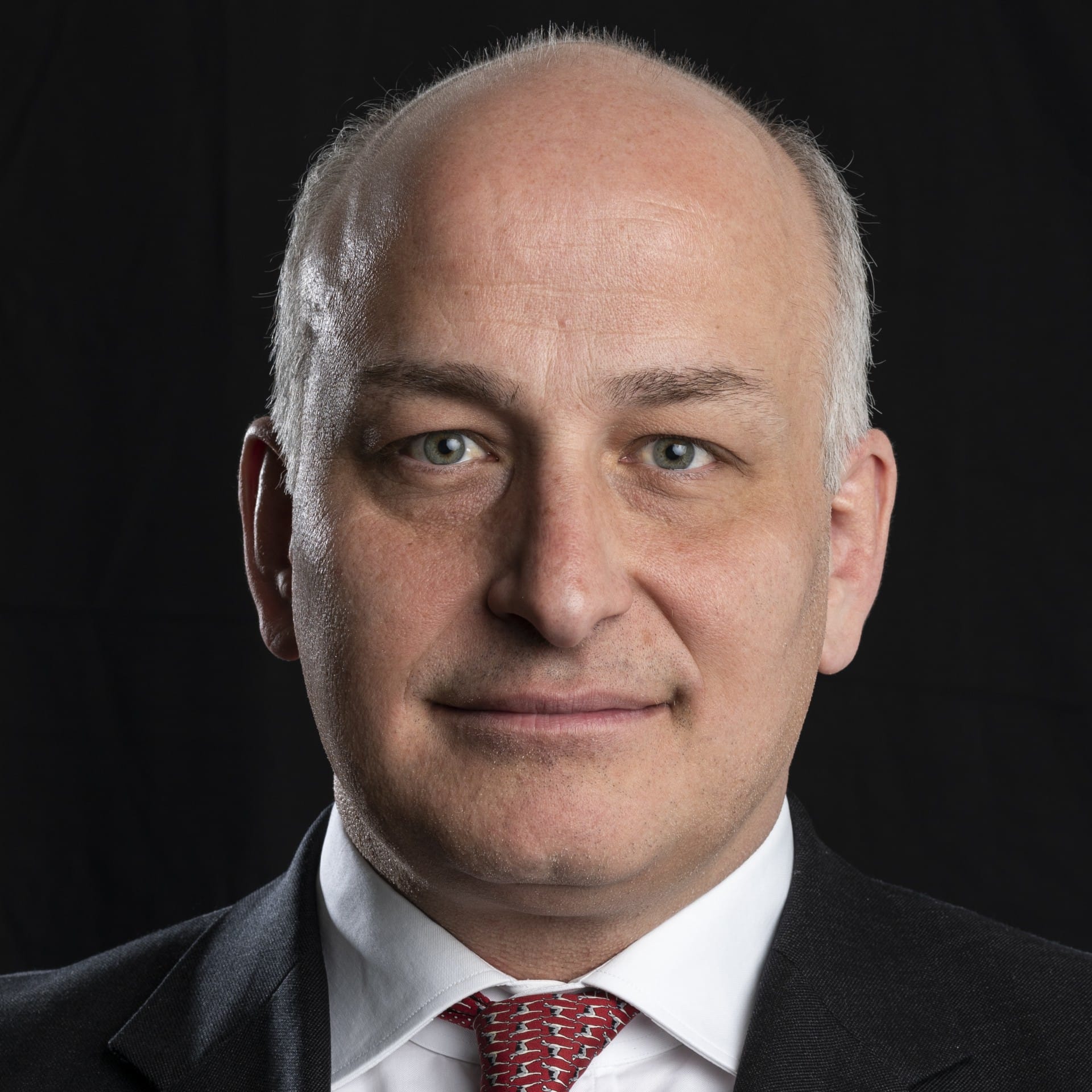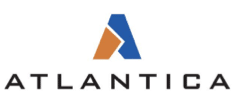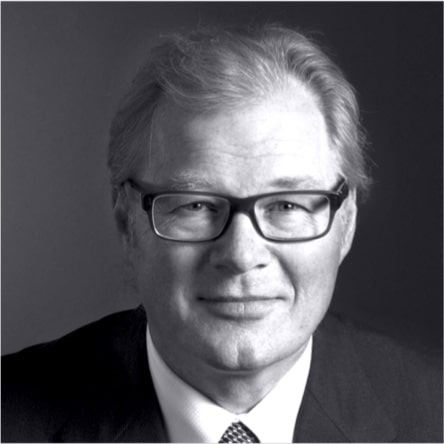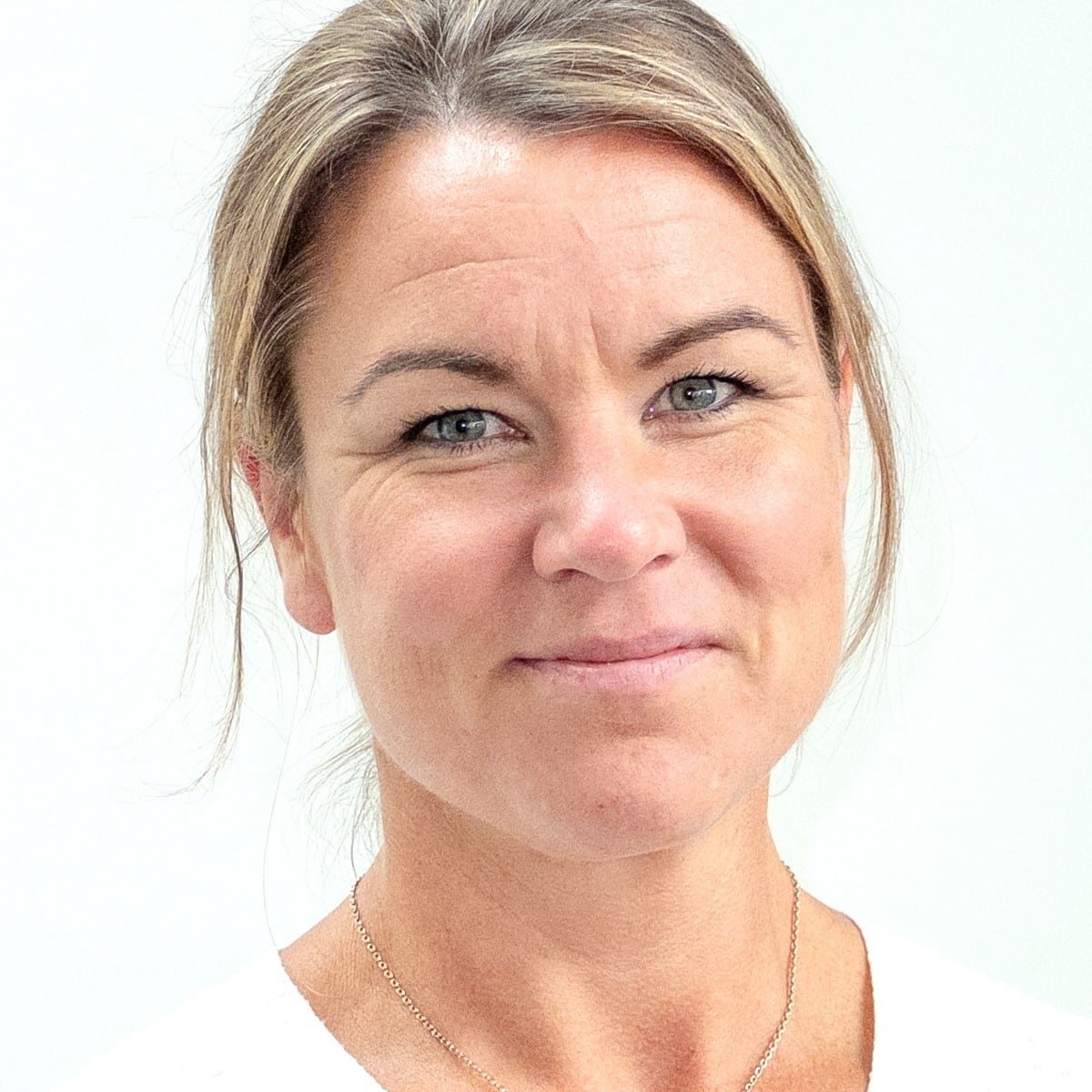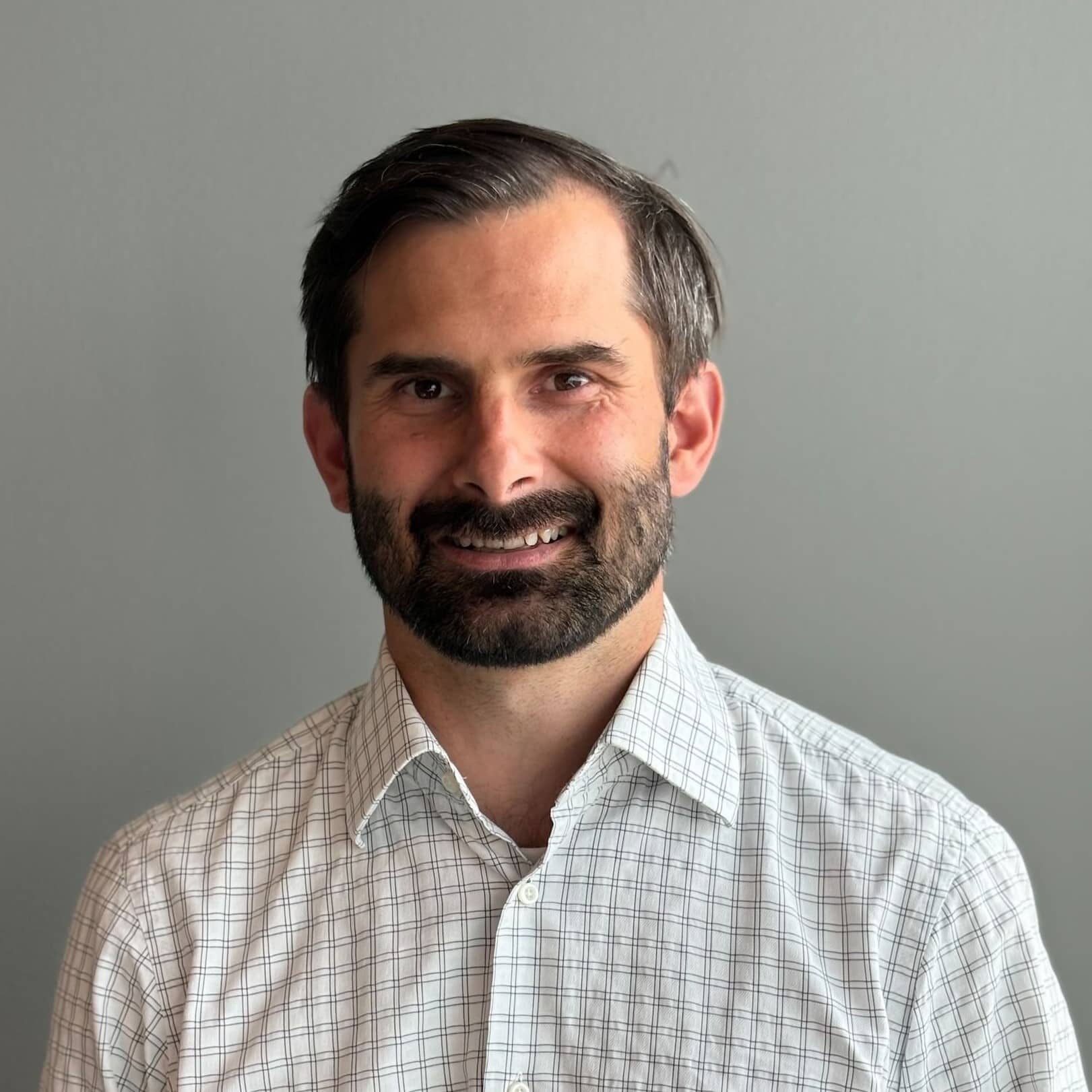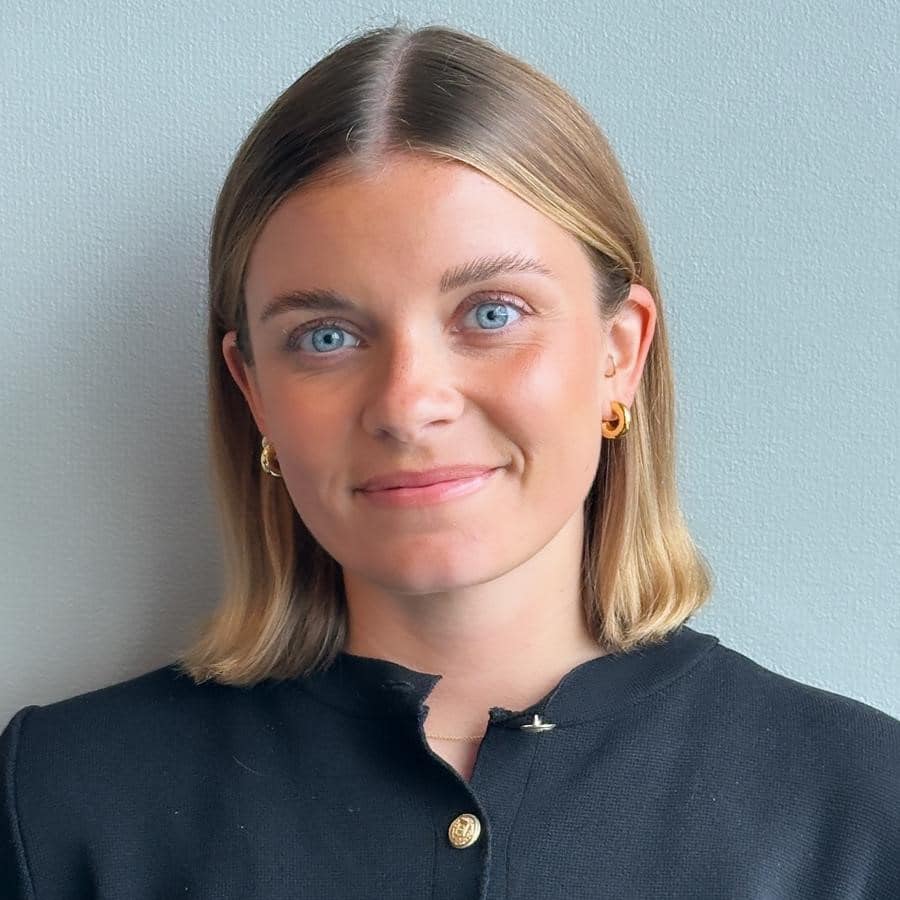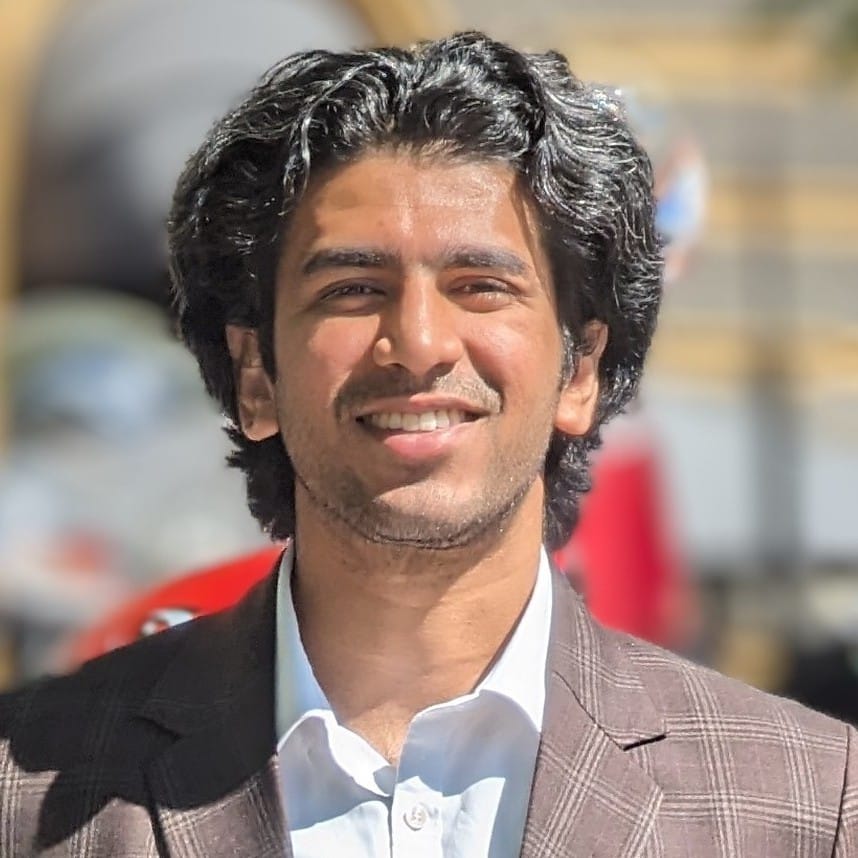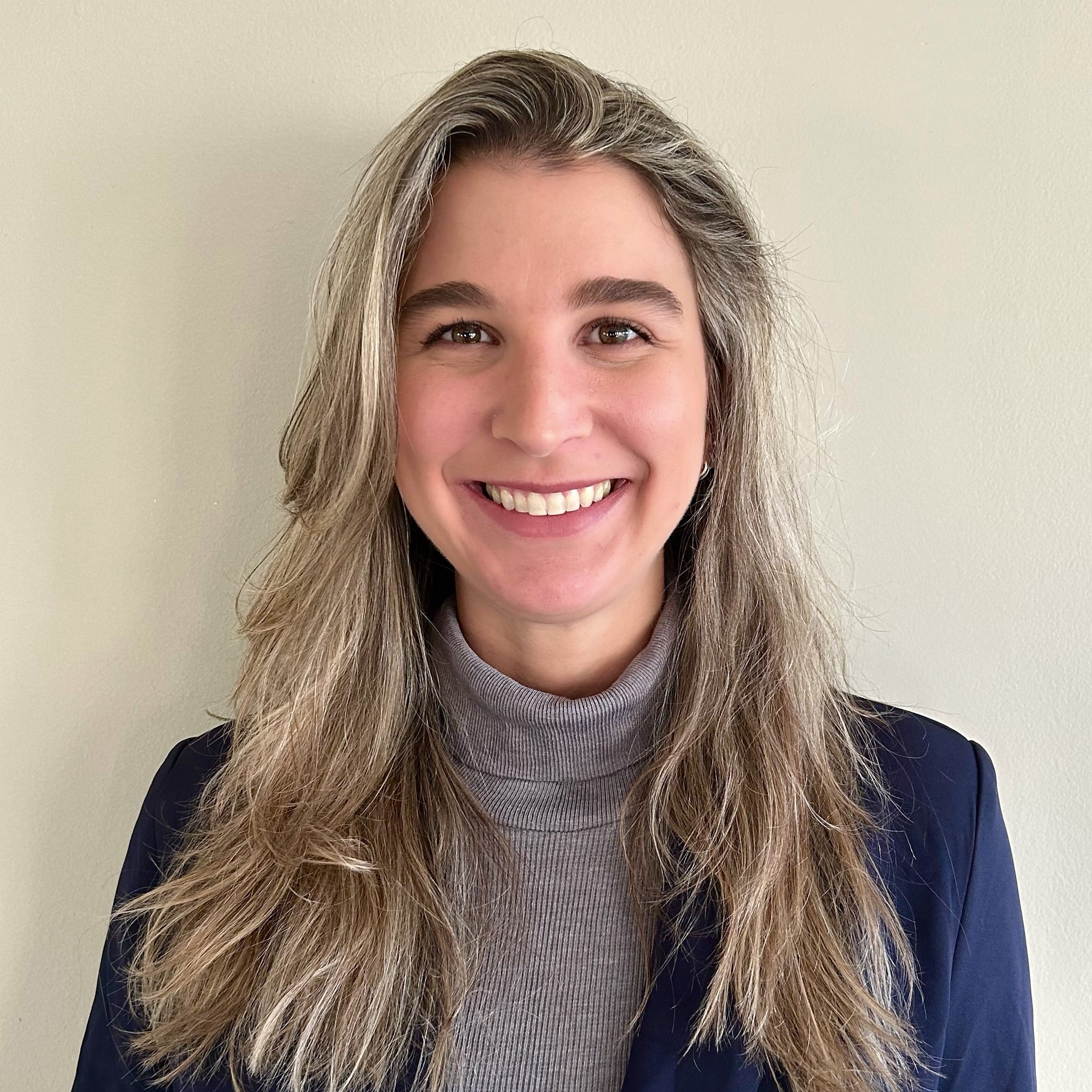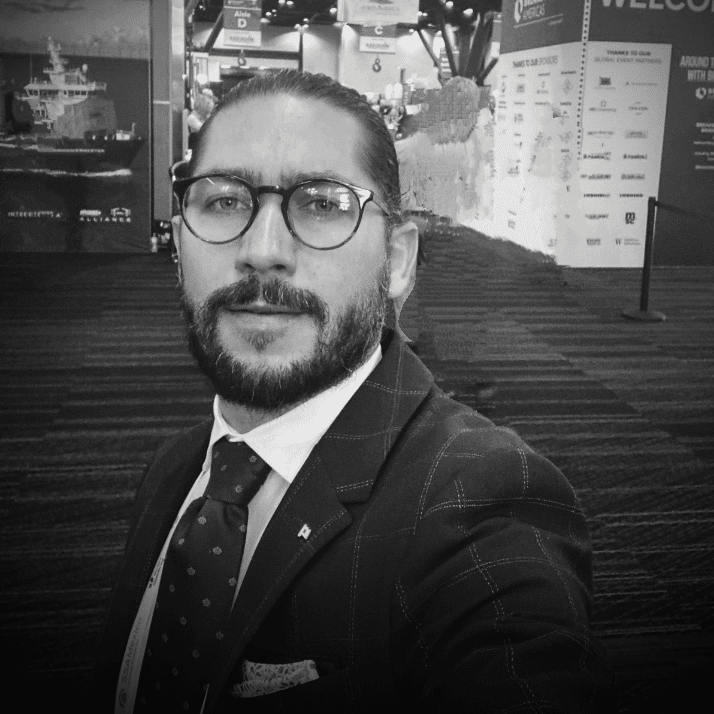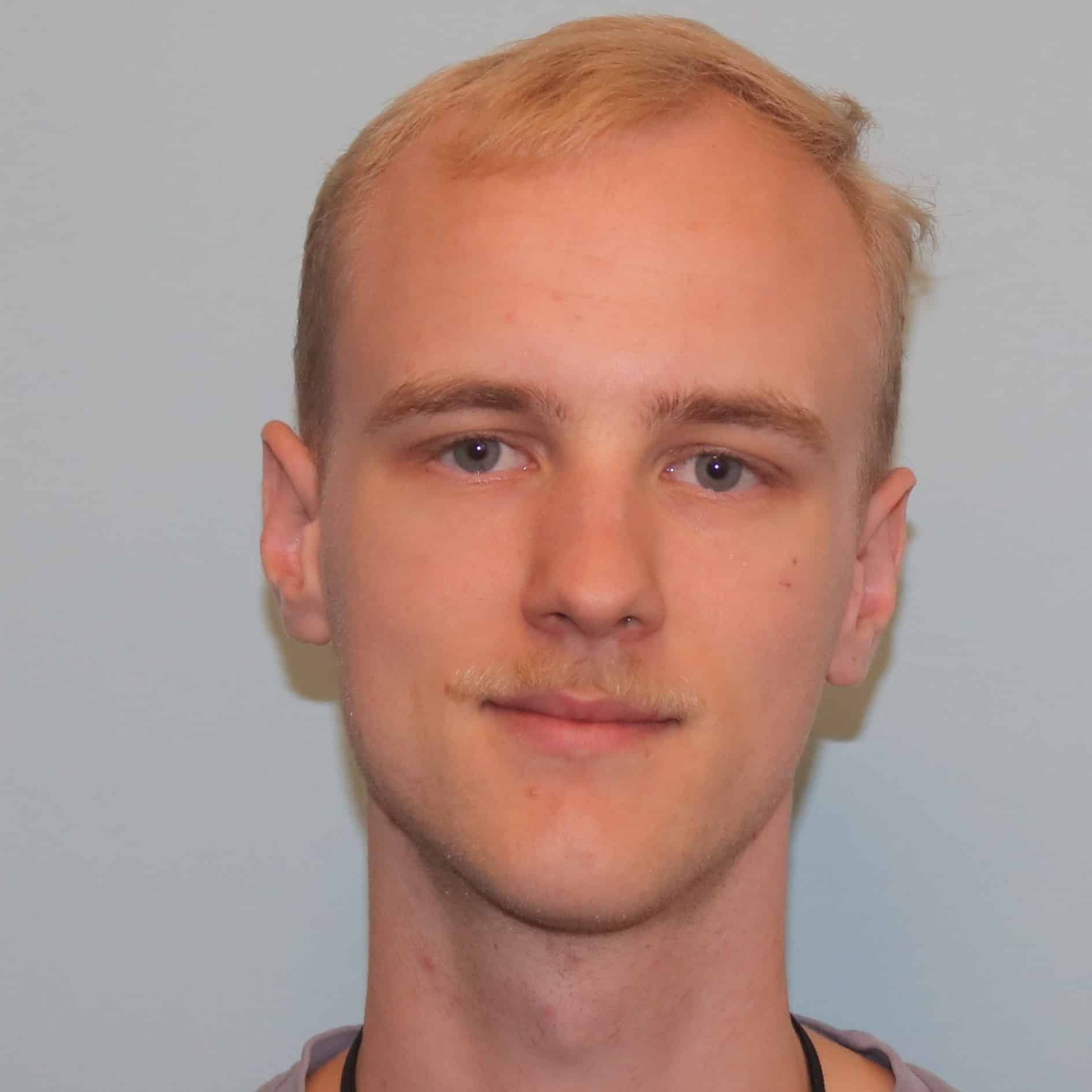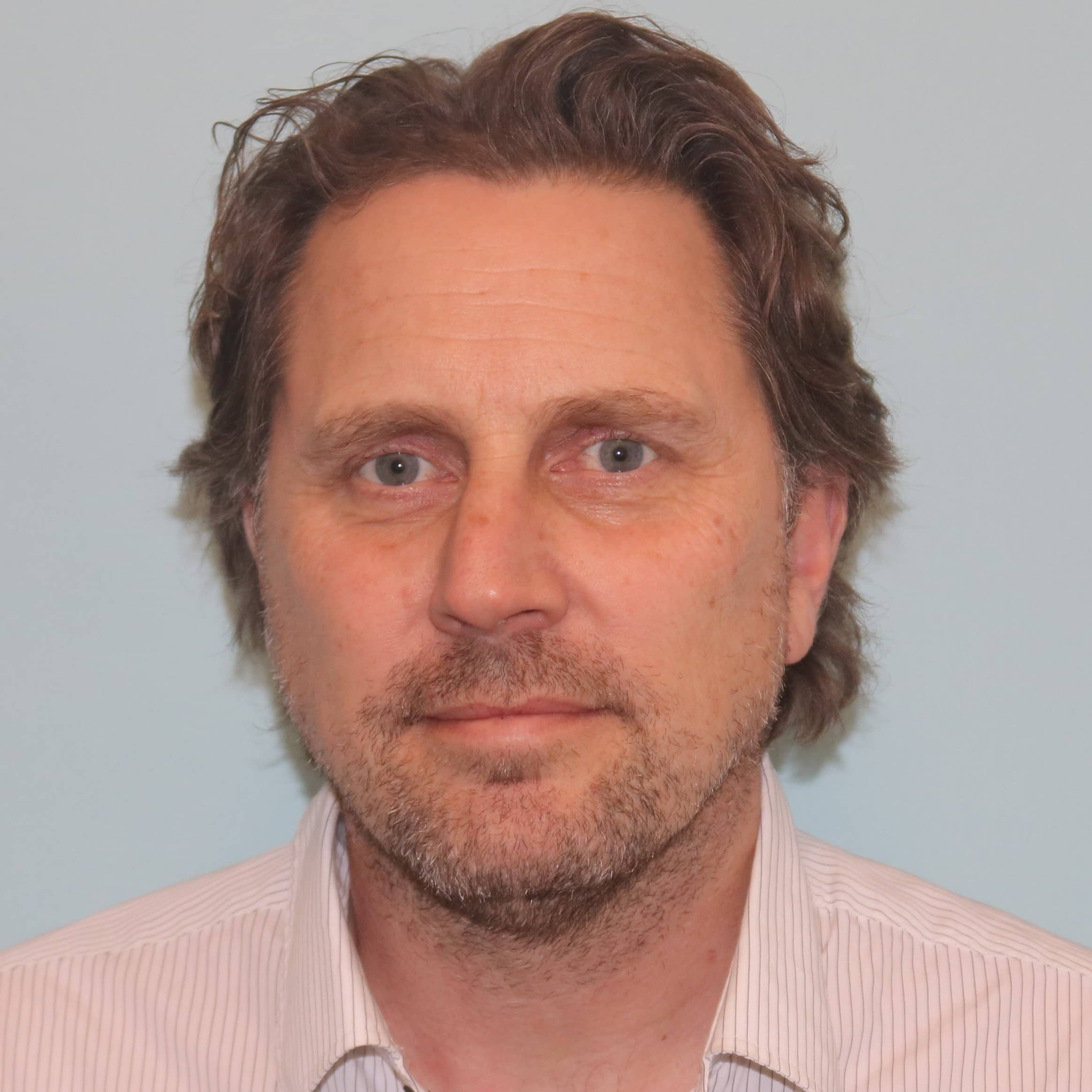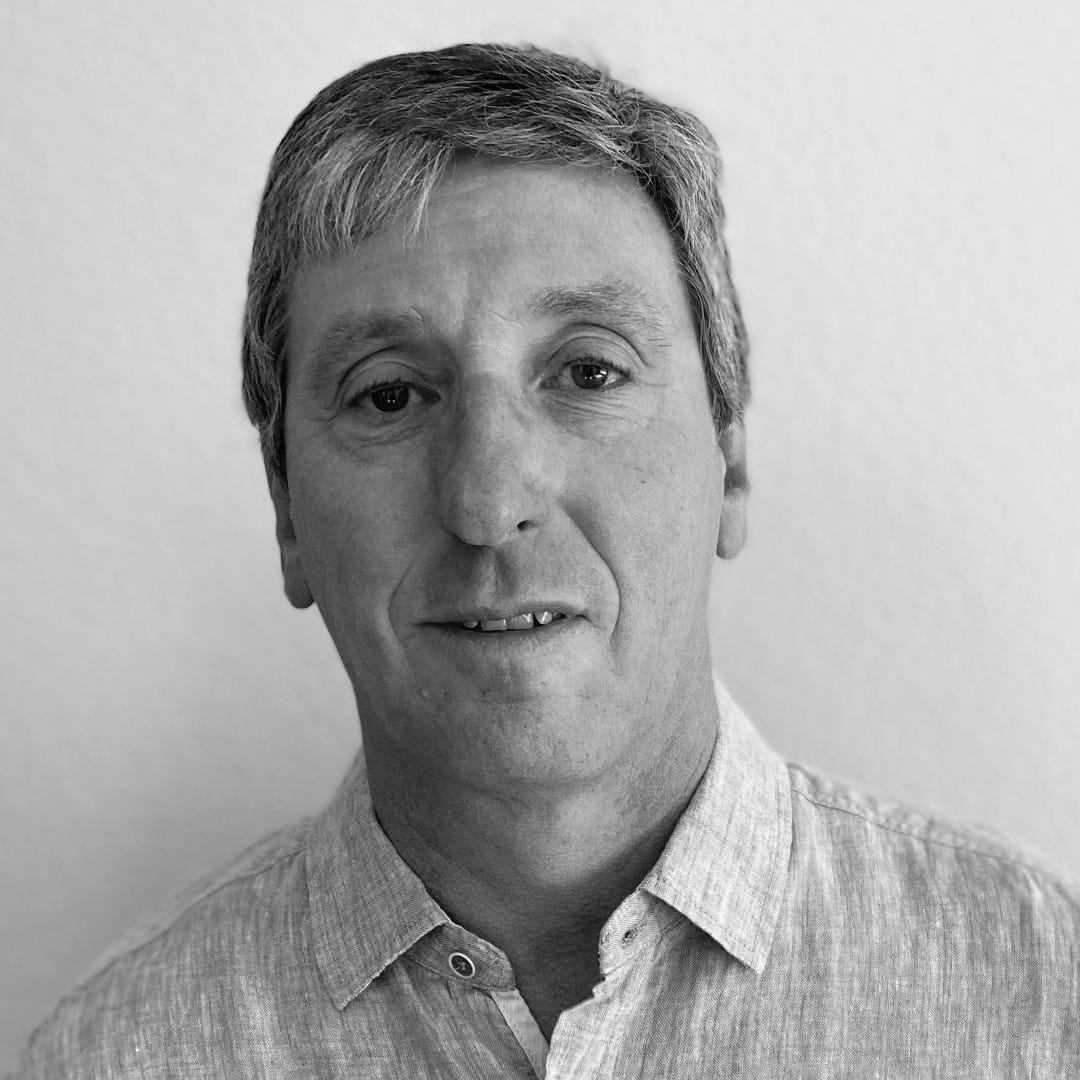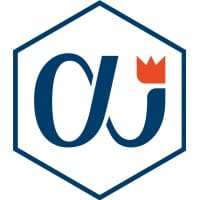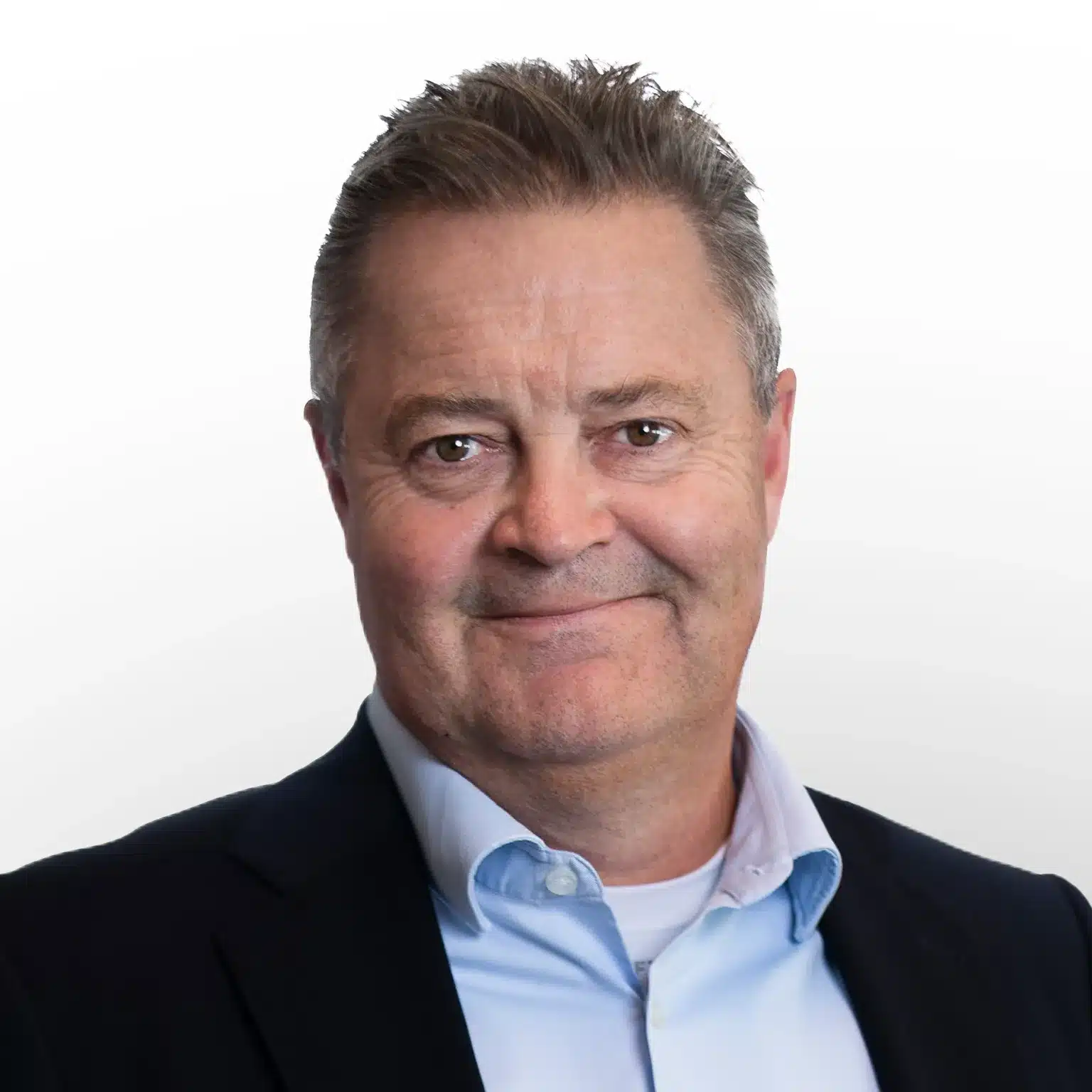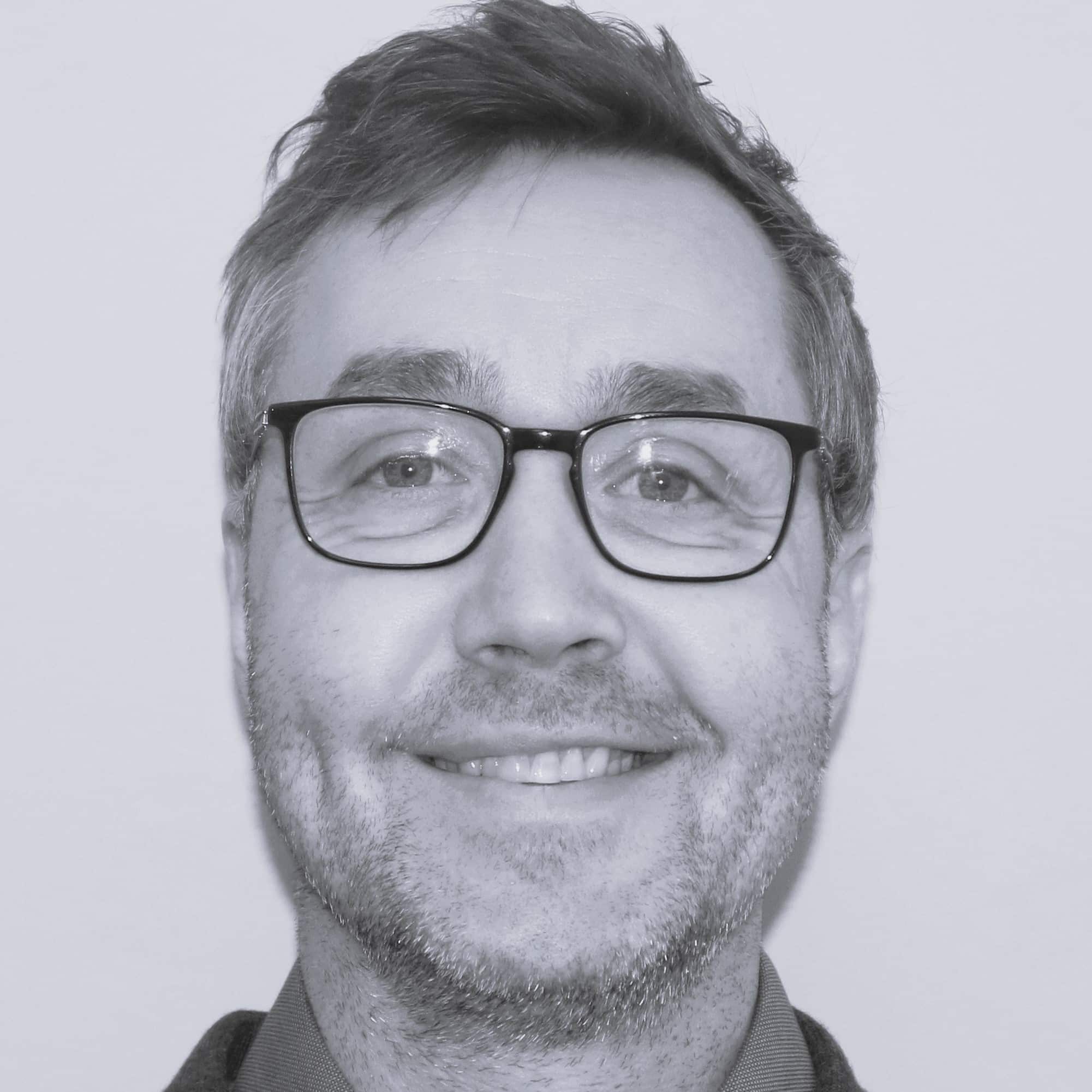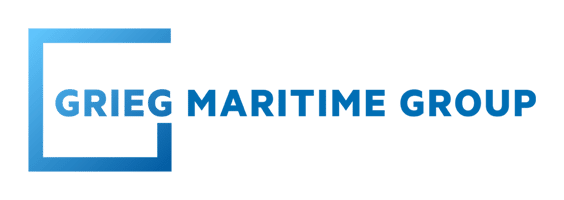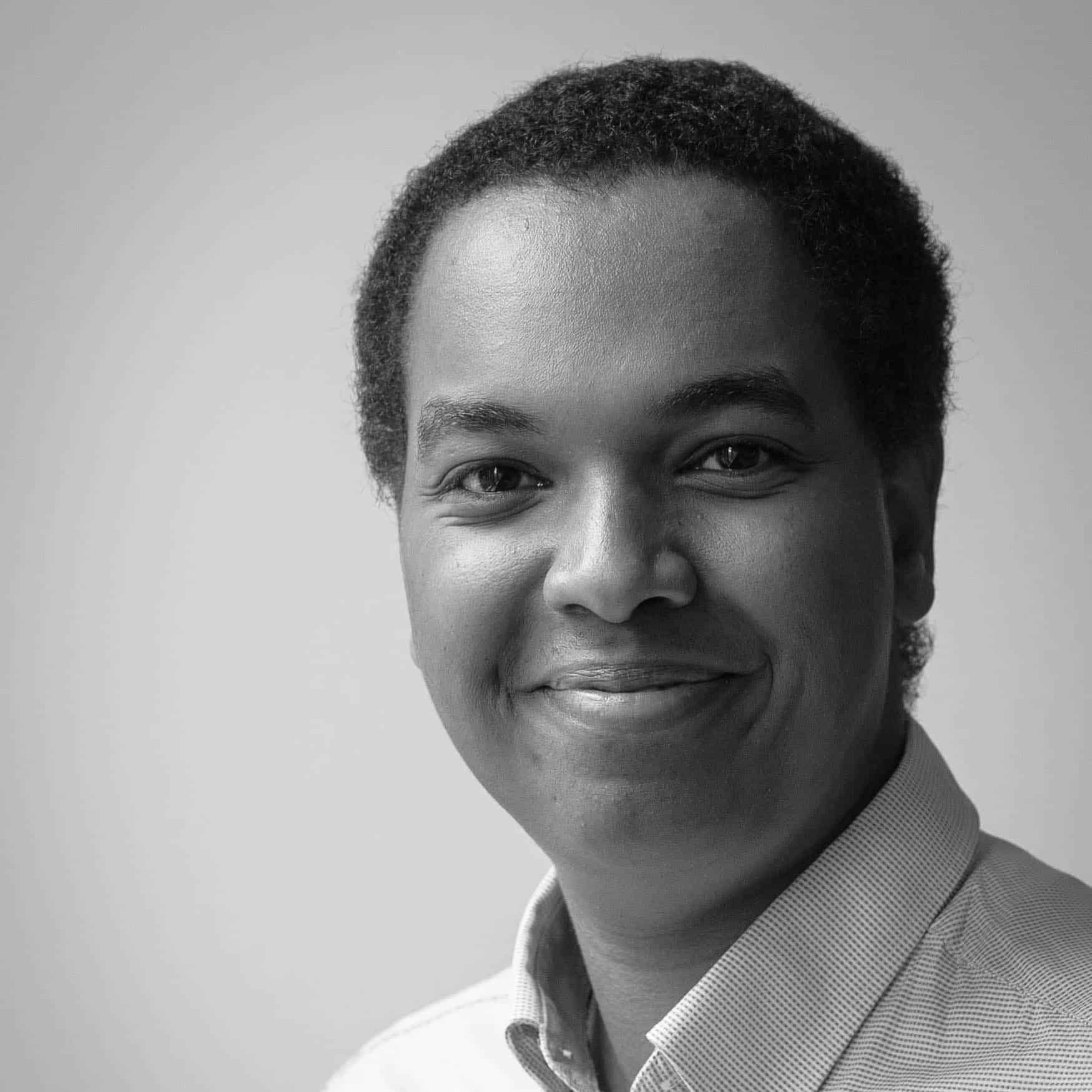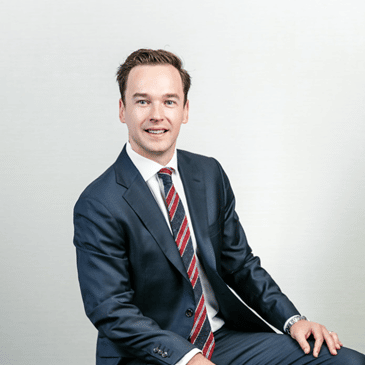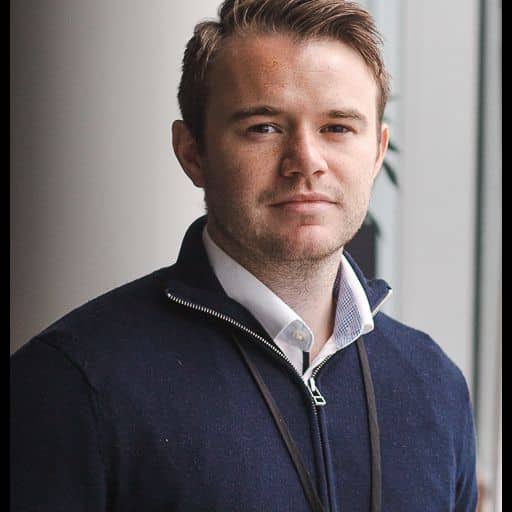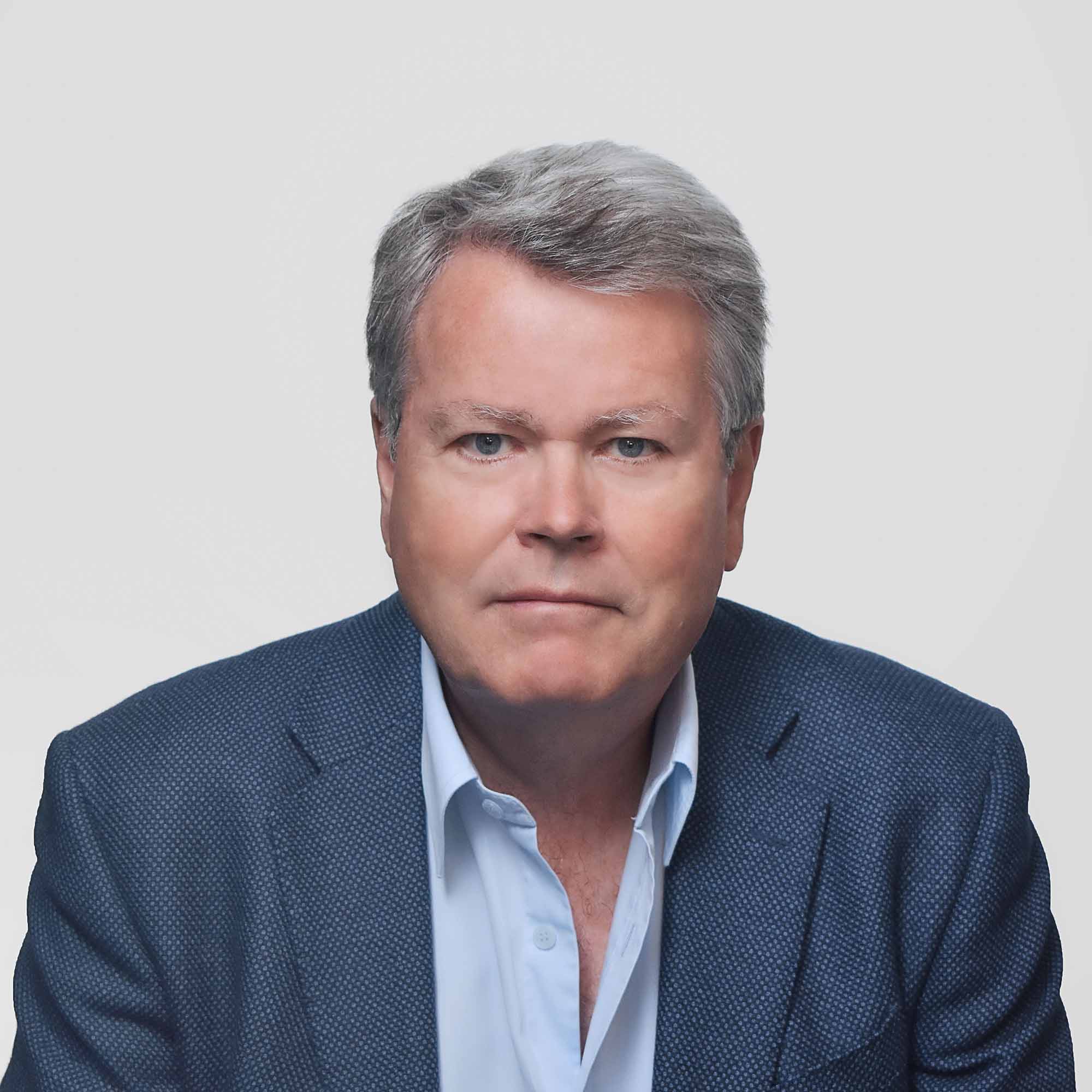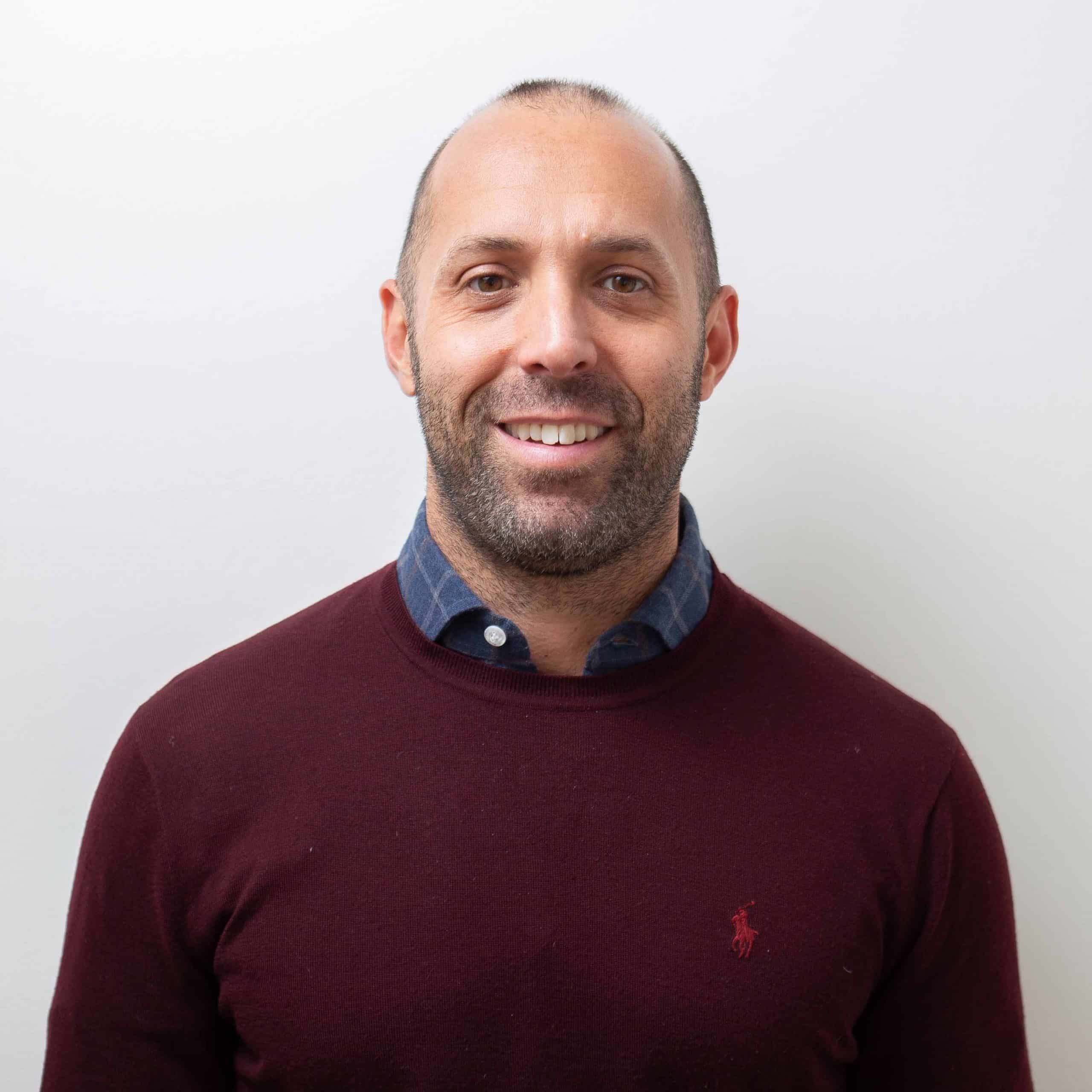Two oil discoveries were announced this week, one in Mexico and another in Guyana where ExxonMobil also made a final investment decision (FID) for the fifth project on the Stabroek block. Meanwhile, Shelf Drilling secured new jackup contracts in Nigeria and in Norway.
In case you missed it, you can access our previous Rig Market Roundup here.
Contracts
Shelf Drilling has secured a short-term contract for the 350-ft jackup Adriatic I for operations offshore Nigeria. The firm term of 90 days with an estimated value of $11 million, excluding revenues for mobilisation and demobilisation, gives a dayrate of about $122,222. The contract is scheduled to start in early May 2023. The rig last worked for Conoil in Nigeria. It is currently warm stacked off Bioko Island in the Gulf of Guinea.
Shelf Drilling’s North Sea subsidiary has secured a new contract for the jackup Noble Lloyd Noble, to be renamed Shelf Drilling Barsk, with Equinor. The contract is for operations at the Sleipner Vest field located offshore Norway. The firm term of the contract is two wells approximating 270 days. The contract value for the firm period excluding certain integrated services is approximately $61 million, giving the dayrate of about $225,925. The contract also includes options for two additional wells, and the planned start-up of operations is between May and July 2024. Following Noble’s sale of five jackups to Shelf Drilling back in 2022, it was agreed that the Noble Lloyd Noble would continue to be operated by Noble until the expiry of its current drilling contract with Equinor. The 500-ft jackup of a GustoMSC CJ70 design has been working for Equinor since 2016, first in the UK and later in Norway.
Drilling Activity and Discoveries
Woodside is nearing the halfway point of its development drilling program at the Sangomar field offshore Senegal, with 10 out of 23 wells completed. The company is targeting first oil from Sangomar in late 2023. Woodside began the development drilling campaign in July 2021 with Diamond Offshore 12,000-ft drillship Ocean BlackRhino, joined in August 2022 by sister rig Ocean BlackHawk. Currently, Ocean BlackRhino is expected to remain with Woodside until early 2024, while Ocean BlackHawk will wrap up operations offshore Senegal during the third quarter of 2023. In addition to the development drilling campaign, Woodside has also been undertaking a subsea installation campaign and has completed the installation and testing of rigid flowlines while work continues on FPSO topsides in Singapore.
Norway’s Petroleum Safety Authority Norway (PSA) has given Equinor consent to use the 10,000-ft Deepsea Stavanger semisubmersible rig to drill a pilot hole in the Norwegian Sea. The consent applies to the use of Deepsea Stavanger for drilling a pilot hole 6307/1-U-1 JDE, which is located in production licence 1058. Equinor is the operator of the licence and Harbour Energy is its partner. The water depth at the site is 312 m. The purpose of the well is to investigate the possible presence of shallow gas, reduce uncertainties, and gather the necessary data to drill the planned exploration well 6307/1-2 JDE. This pilot hole is considered as a risk-reducing measure for the further planning of exploration well 6307/1-2 JDE. It is currently expected to drill the pilot hole between the planned operations at Tott West and Eggen exploration well. This will minimise rig movement, as well as reduce diesel consumption and emissions to air. The estimated duration for the activity is five days. The rig has been working for Equinor since early last year and it is expected to start a five-year contract with Aker BP in 2025.
Wintershall Dea has reported an oil discovery at the Kan exploration prospect on Block 30 in the Cuenca Salina area of Mexico’s Sureste Basin. Wintershall Dea stated that based on preliminary estimates, the discovery may contain 200 to 300 million BOE in place. The Kan-1 exploration well was drilled with Borr Drilling 400-ft jackup Ran in around 50 metres (164 ft) of water and reached a total depth of 3,317 m (10,882 ft), encountering over 170 m (558 ft) of net pay sands. An updip sidetrack was also drilled. Following the Kan well and sidetrack, Ran has moved onto the Ix prospect on the same block. The Kan well is Wintershall Dea’s first operated well drilled offshore Mexico. The Block 30 consortium will evaluate the subsurface data collection in order to prepare the Kan discovery appraisal plan, to be submitted to Mexico’s Comisión Nacional de Hidrocarburos before end of July 2023. Wintershall Dea holds a 40 percent interest in the block with Harbour Energy and Sapura OMV holding each 30 percent. Ran is currently contracted to Wintershall Dea offshore Mexico into mid-2023, followed directly by a two-well contract with Fieldwood Energy offshore Mexico. The rig has also secured a two-well contract with an undisclosed operator in Latin America to begin in October 2023.
The Norwegian Petroleum Directorate (NPD) has granted DNO Norge a drilling permit for an HPHT well in the North Sea off Norway. The well 25/7-11 S, located in production licence 984, is targeting the Norma prospect. The licence is operated by DNO Norge with Vår Energi, Source Energy, and Equinor as its partners. The water depth at the site is 121 metres. DNO has already secured safety consent from the Norwegian authorities to use the Odfjell Drilling-managed 3,900-ft semisub Deepsea Yantai for this well, which is expected to be spud in May 2023. The rig has recently drilled the Eirik exploration well in the North Sea for OMV and made an oil discovery. It is currently working on the HPHT Carmen well, also in the North Sea, for Wellesley after which it will move on to DNO’s Norma prospect.
The Norwegian Petroleum Directorate (NPD) has granted Aker BP a drilling permit for a well in the North Sea off Norway. The 25/2-24 B well is located in production licence 873, which is operated by Aker BP with Equinor and Lotos Exploration and Production as its partners. The water depth at the site is 110 metres. Aker BP secured consent from the Norwegian authorities to use Saipem’s 10,000-ft semisub Scarabeo 8 for exploration drilling in licence 873 back in February 2023. The consent covers well 25/2-24 S, targeting the prospect Øst Frigg Beta, and the drilling of pilot hole (25/2-U-12) and three optional side tracks (25/2-24 AY1, 25/2-24 AY2, and 25/2-24 B). The 25/2-24 B is planned for May 2023 spud. The Scarabeo 8 has recently concluded the drilling of well 25/4-15 in the North Sea and made a new oil discovery for Aker BP. The rig is under a three-year contract with Aker BP, which also includes a couple of one-year options.
ExxonMobil has made another oil discovery on its prolific Stabroek block offshore Guyana. Hess Corporation, ExxonMobil’s partner in the Stabroek block, said in its 1Q 2023 report that the JV had achieved another exploration success on the block, with a new oil discovery at the Lancetfish-1 well. The well site is situated about 190.8 kilometres off the coast of Guyana. The well was drilled in 5,843 feet of water by the 10,000-ft Noble Don Taylor drillship and is located about 6 kilometres southeast of the Fangtooth discovery. Drilling operations on Lancetfish-1 well started in December 2022 and the well encountered approximately 92 feet of oil bearing sandstone reservoir. The drillship has been working for ExxonMobil off Guyana since late 2019 and is booked there until late 2025. On the other hand, the Kokwari-1 exploration well was also drilled during the quarter but it did not encounter commercial quantities of hydrocarbons. The well site is situated about 190 kilometres off the coast of Guyana and the well was drilled using the 10,000-ft Stena DrillMAX drillship, which has been working for ExxonMobil in Guyana since early 2021. The firm contract is set to end in mid-2024 with options thereafter.
Demand
Following ratification by the government, Panoro Energy has been awarded a 56 percent operated interest in Block EG-01 offshore Equatorial Guinea along with partners Kosmos Energy with 24 percent and GEPetrol with 20 percent. Water depths at Block EG-01 range from 30 to 500 metres (90 to 1,640 ft). Panoro and its partners have been awarded the block for an initial period of three years during which they will conduct subsurface studies based on existing seismic data to further define and evaluate the prospectivity of the block. Following this, the partners will have the option for a further two-year period, during which they will undertake to drill one exploration well. In a separate agreement, Panoro has completed its farm-in to the Kosmos Energy-operated Block S offshore Equatorial Guinea. Panoro has acquired a 6 percent participating interest in Block S from each of Kosmos Energy and Trident Energy to hold a 12 percent non-operated participating interest. Kosmos Energy now holds a 34 percent interest, Trident Energy a 34 percent interest and GEPetrol a 20 percent interest. Kosmos Energy is planned to drill an exploration well at Block S in 2024 to drill an Albian play on the Akeng Deep prospect. Water depths at the block range from 450 to 1,500 metres (1,476 to 4,921 ft).
Jadestone Energy is planning to carry out a four-well infill drilling campaign at the East Belumut field on the PM323 production sharing contract (PSC) offshore Malaysia in the latter half of 2023. The drilling programme is targeted to take around 60 days and be completed by November 2023. Jadestone is expected to use a jackup to carry out the infill drilling. Jadestone project an incremental peak gross oil production of around 2,000 to 2,500 b/d from the field following the campaign. Estimated costs for the project are around $30 million, including $19 million in drilling costs and $10 million in flowling replacement.
Tower Resources has applied for a one-year extension of the initial exploration period of the Thali production sharing contract (PSC) offshore Cameroon and is looking to spud the NJOM-3 well on the PSC within the next nine months. Tower Resources stated that rig owners have been reluctant to commit a rig to a single well outside of gaps in other operators’ schedules. Tower is now looking at two possible rig availabilities with different rigs and owners and is in discussions to secure rig availability in either the third or fourth quarter of 2023. The company is understood to be looking for a jackup to drill this well. Tower Resources has formally applied to Cameroon’s Minister of Mines, Industry and Technological Development for a further one-year extension to the initial exploration period of the PSC, which currently runs to 11 May 2023. The company’s current cost estimate to complete the NJOM-3 well is around $15.5 million. In order to secure a rig, the company will need to have sufficient financing in place to cover a significant level of prepayments. Tower has been discussing a $7 million term loan with BGFI Bank Group and is also exploring alternative financing, such as a farm-out or financial investment in its operating subsidiary.
Following the completion of 2D seismic reprocessing and ongoing interpretation and mapping, Challenger Energy states that it has identified three potential prospects on the AREA OFF-1 licence offshore Uruguay. The company has identified the Teru Teru and Anapareo prospects, Cretaceous turbidite plays in around 750 metres (2,460 ft) of water and the Lenteja prospect, an Early Cretaceous play in around 85 metres (279 ft) of water. Challenger Energy is hoping to secure a strategic partner for the licence in 2023 in order to fast track 3D seismic acquisition, potentially via a multi-client survey in 2024.
Mobilisation/Rig Moves
The Shelf Drilling-owned 300-ft jackup Harvey H. Ward has completed its reactivation and contract preparation project at the Lamprell Hamriyah Shipyard in Sharjah, United Arab Emirates. The jackup Harvey H. Ward secured its upcoming job in Q4 2022 with an undisclosed customer in the Middle East. The rig is in transit from Hamriyah Shipyard in Sharjah to Ras Tanura, Saudi Arabia. It will commence its five-year firm contract with an undisclosed customer by Q2 2023. The contract also includes two years of options. Harvey H. Ward is a Friede & Goldman L-780 Model II rig design that operates in water depths of 300 ft.
According to market sources, the Shelf Drilling-owned 375-ft jackup Shelf Drilling Victory has started a new contract with an undisclosed customer in the Middle East. This contract for the jackup Shelf Drilling Victory is for five years plus two years of options. The rig secured this job in Q4 2022 and it performed the reactivation and contract preparation in the United Arab Emirates. Shelf Drilling Victory is a Baker Marine Pacific Class 375 rig design that operates in water depths of 375 ft.
Ocean Challenger announced that the operational ceremony of the 300-ft. jackup Wan Zuan 3 (ex-Zhong You Hai 15; Gulf Driller III) has been held at the CIMC Raffles Shipyard last week. The jackup is a F&G Super M2 design capable of operating in water depth up to 300ft. The rig, which will be managed by COSL, will shortly be heading to South China Sea for workover operation.
According to market sources, the Advanced Drilling Services (ADES)-owned 400-ft jackup Admarine 682 has started a new contract with Saudi Aramco in Saudi Arabia. This contract for the jackup Admarine 682 (ex-Primus) is for five years plus two years of options. The rig completed its reactivation and Schedule “G” upgrades at the Arab Shipbuilding and Repair Yard (ASRY) in Bahrain. Admarine 682 is a KFELS B Class rig design that operates in water depths of 400 ft.
First production
According to local media reports, Turkish state oil company TPAO has begun production from the Sakarya gas field, which lies in around 2,200 meters (7,218 ft) of water on Block C26 in the western Black Sea offshore Turkiye. Under Phase 1 of the Sakarya project, natural gas is to be produced from 10 wells at the field, transported via pipeline to an onshore production facility. Daily production capacity in the first phase is to reach a maximum of 10 million standard cubic meters. A planned second phase at the field is planned with up to 30 additional wells connected to the subsea production system. TPAO discovered the Sakarya field in 2020 with the drilling of deepwater exploration well Tuna-1 with drillship Fatih. TPAO has four owner-operated drillships, including the 10,000-ft Faith, Yavuz, and Kanuni and the 12,000-ft Abdulhamid Han.
Neptune Energy has started production from the 11th well at its operated Cygnus gas field in the UK Southern North Sea. Cygnus partners are Neptune Energy (operator and 38.75%) and Spirit Energy (61.25%). The new well is expected to produce approximately 4,000 boepd. Neptune said it is taking steps to boost the North Sea gas production, which reduces the UK’s reliance on supplies of imported energy. Together with the 10th well, which started up earlier this year, the Cygnus facility is expected to produce enough gas per day to meet the needs of around 1.9 million UK households. The 10th and 11th wells were drilled by Borr Drilling’s Prospector 1 jackup rig. The 400-ft jackup has been with Neptune since March 2022. Following the completion of Cygnus operations, the rig moved to the Netherlands at the beginning of this month where it will continue its work for Neptune into 3Q 2023.
Neptune Energy has started production from the Fenja oil and gas field offshore Norway. Fenja is expected to produce 35,000 barrels of oil equivalent per day (boepd, gross), via two oil producers, with pressure support from one water injector and one gas injector. Fenja is located in the Norwegian Sea, 120 km north of Kristiansund at a water depth of 325 metres. Neptune’s partners in the project are Vår Energi, Sval Energi, and DNO. The drilling campaign on the Fenja field started in October 2021 with the Odfjell Drilling-managed Deepsea Yantai semisub. The drilling of four development wells was completed in July 2022. The development consists of two subsea templates tied back to the Equinor-operated Njord A platform. A 36 km electrically trace-heated (ETH) pipe-in-pipe solution transports oil from the Fenja field to the platform for processing and transport. Fenja could also unlock opportunities to develop future tieback developments.
Other News
Egyptian regulatory authorities have approved Woodside’s acquisition of a 27% interest in two offshore blocks in the Herodotus Basin. Woodside has acquired a 27% non-operated interest in North Sidi Barrani Offshore (Block 2) and North El Dabaa Offshore (Block 4). These two blocks in the Western Mediterranean are operated by Chevron, with Tharwa Petroleum as a partner.
P&A specialist Well-Safe Solutions has installed a D300 saturation diving system aboard the 1,500-ft Well-Safe Guardian semisub. The custom-built dive spread, with a capacity for up to 15 persons, enables access to legacy subsea wellhead and Christmas tree systems from the 1970s onwards which were originally designed for diver intervention. It is an alternative to the industry standard, which typically sees a light well intervention vessel (LWIV) used to plug and lubricate the well before completing decommissioning operations with a standard semisubmersible mobile offshore drilling unit (MODU). It does not require multiple vessel mobilisations and demobilisations, resulting in lower operating costs. Equipped with an electric bell-handling system and two hyperbaric lifeboats, the system is designed to enable diving operations to be carried out in support of well decommissioning. Typical operations supported include cleaning, deconstruction, barrier testing, manual tree cap removal, reconfiguration of hydraulic controls and flowline removal. The system is designed to work in tandem with the Trendsetter Trident well intervention system previously announced by Well-Safe Solutions in 2022. More here…
UK-based Capricorn Energy has started a process for the potential sale of its UK North Sea assets as part of a plan to farm down or exit all exploration activities outside of Egypt. Capricorn plans to monetise, farm down or exit all exploration activities that fall outside low-cost, near-term, short-cycle exploration in Egypt. This applies to all activities in Mauritania, Suriname, Mexico, and the UK North Sea, where the company will look to shortly conclude the best value outcomes for these elements of its portfolio. Large-scale, high-risk exploration in a market that is transitioning is not a model the new board believes a business of Capricorn’s size should pursue. Following the Q1 drilling of the Yatzil well in Mexico, Capricorn has no further international commitment wells outside Egypt, minimising spending on international exploration during the rest of 2023, with no committed spending in 2024 and any further activity in Mauritania and Suriname conditional on successfully farming down its interest. The process for the potential sale of the UK assets has already started. Capricorn operates five UK Southern North Sea licences: P2428 and P2567 (Capricorn 60% WI) and P2560, P2561 and P2562 (Capricorn 70% WI) with partner Deltic Energy. During 2022, Capricorn relinquished the P2379, P2380, P2381 and P2468 licences. This comes following Capricorn’s strategic business review, which previously resulted in a reduction of its headcount in the UK.
After receiving the required government and regulatory approvals, ExxonMobil made a final investment decision (FID) for the Uaru development offshore Guyana. Uaru, the fifth project on Guyana’s offshore Stabroek block, is expected to add approximately 250,000 barrels of daily capacity after a targeted startup in 2026. The $12.7 billion Uaru project plans to include up to 10 drill centres and 44 production and injection wells aimed at developing an estimated resource of more than 800 million barrels of oil. MODEC is constructing the floating production storage and offloading (FPSO) vessel for the project, which will be called the Errea Wittu. Two FPSOs, the Liza Destiny and Liza Unity, are currently operating offshore Guyana and produced an average of 375,000 barrels of oil per day in the first quarter. A third FPSO, the Prosperity, is expected to be operational later this year, adding 220,000 barrels of daily capacity from the Payara development. More here…
Image credit: Wintershall Dea/Frank Meyer
